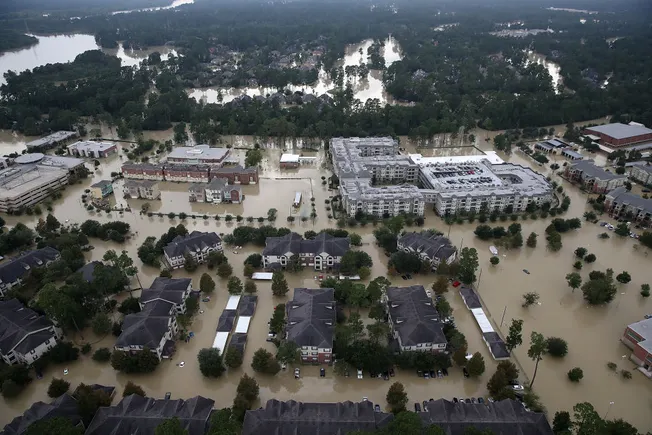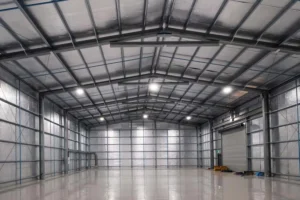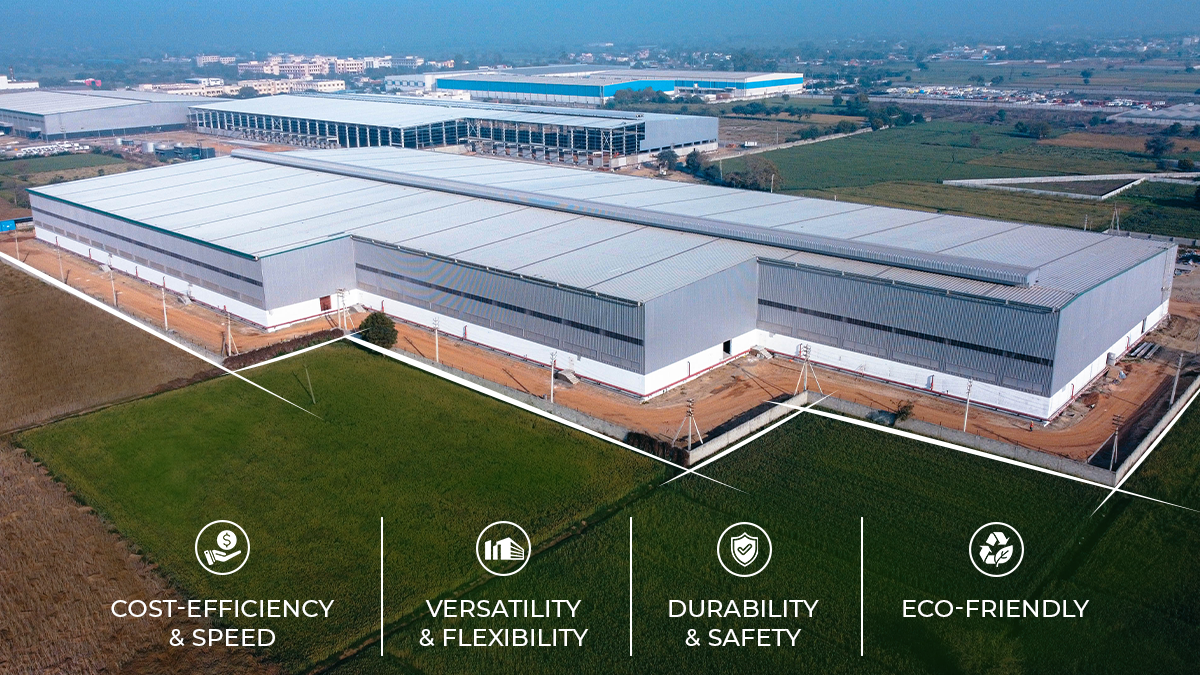
Stricter ASCE codes vital to flood protection
[ad_1]
Tom Little is president and CEO of Floodproofing.com. A certified floodplain manager, Little served on the committee that developed the ASCE 24-24 standards. Opinions are the author’s own.
Mother Nature continues to remind us of her strength, often challenging our understanding and resilience. If we want to protect our nation’s homes, businesses and critical infrastructure, we must adapt to her unpredictability.
That is the basis for the most recent — and most transformative — changes to the American Society of Civil Engineers Flood Resistant Design and Construction (ASCE 24-24) standards since they were first introduced in 1998.
Unveiled earlier this year, ASCE 24-24 includes 29 changes since the previous edition was published in 2014. These aren’t simple technical tweaks to the language of the standards; they are major shifts in how we approach design and construction in flood hazard areas based on the lessons Mother Nature taught us over the last decade.

Tom Little
Permission granted by Floodproofing.com
The most significant of these changes is in how we define a regulated flood hazard area. ASCE 24-24 significantly expands the regulated flood hazard area from the 100-year floodplain to the 500-year floodplain. Design and construction requirements now apply to these wider areas. This is not an arbitrary decision by the committee that wrote the ASCE 24-24 standards, on which I served as a member; it is a decision based on field experience and lessons learned from storms such as hurricanes Harvey, Ida, Ian and others.
Another significant change in the standards is the elevation requirements. The new standard established minimum flood elevation requirements for buildings in flood hazard areas based on Flood Design Class.
These requirements become more demanding based on the type of building being constructed, ranging from 100-year elevations to 1,000-year elevations. For example, a single-family home would have a lower elevation requirement than a school or a hospital would have. This provides greater protection for those critical infrastructure facilities which are vital to restoring normalcy to our communities after major flooding events.
The performance testing of dry floodproofing solutions is yet another important change in ASCE 24-24. Now, for dry floodproofing products to be considered as part of the design in flood hazard areas, they must go through rigorous testing and meet the minimum performance standards established by the American National Standard for Flood Mitigation Equipment (ANSI/FM 2510).
This will ensure that both active and passive dry floodproofing barriers and other dry floodproofing solutions can withstand the hydrostatic pressure of flood water and the impact from debris common in floodwaters.
Tough lessons drive updates
As the industry continues to evolve, it’s encouraging to see a growing emphasis on engineered, tested and certified solutions. Companies that invest in performance, compliance and innovation are helping raise the bar and build trust in the marketplace, setting a clear standard for what reliable flood protection should look like.
Another lesson learned from previous flood events that is reflected in ASCE 24-24 is annual inspection, maintenance and required drills for the deployment of dry floodproofing solutions. Too often, the individuals who served on the ASCE 24-24 standards committee heard reports of buildings equipped with dry floodproofing solutions that were devastated by storms because those solutions were not properly deployed, or in some cases, were not deployed at all.
Annual inspection and maintenance of dry floodproofing solutions, such as flood barriers, will ensure that they are in working order and scheduled deployment drills will help ensure that building maintenance staff are properly trained and practice deploying these solutions prior to storms.
In a related change, the updated standards specify that if dry floodproofing measures require human intervention to activate or implement, a flood warning system must alert those responsible for deployment anywhere from 12 hours to 36 hours in advance depending on the flood design class of the building.
Weak building codes are costly
These are just some of the more significant updates to the ASCE 24-24 standards. There are many more with the same intent to help mitigate the damages of severe flooding and protect our nation’s critical infrastructure.
The new standards have already received some pushback, especially from the residential construction industry that argues that the more stringent standards will drive up the cost of construction and make it even more difficult for people to afford homes.
I certainly understand and sympathize with this concern, but our nation has become stuck in a continual cycle of homes being destroyed by flooding and rebuilt on the same land according to the same outdated standards. This cycle eventually costs homeowners — and our nation — more than adopting the new standards.
There is no doubt that we’ll learn additional lessons from nature’s fury in the years to come, but with these new standards, we can make significant progress in building stronger, more resilient communities to take an important step in breaking the economy-draining cycle of disaster and recovery in which our nation is currently stuck.
[ad_2]
Source link
Post a Comment
You must be logged in to post a comment.






